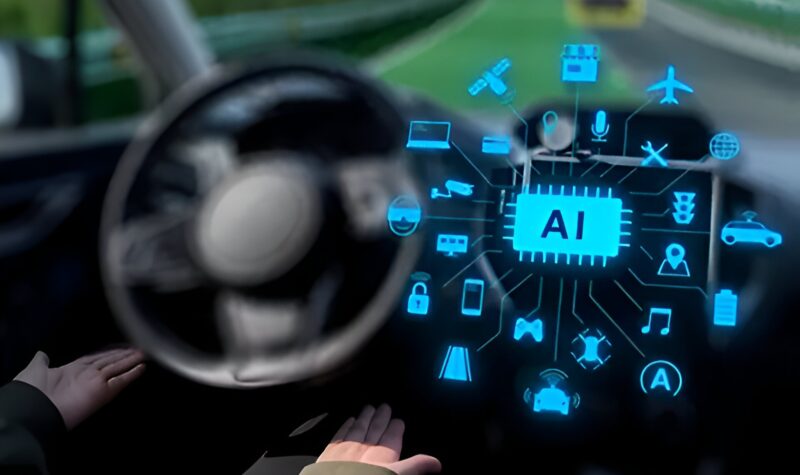Autonomous driving out, assisted driving in: Chinese automakers adapt to stricter regulations
As automotive technologies mature, manufacturers are revising how they present driver-assistance systems. The once-prominent phrase “autonomous driving” is increasingly being replaced with more precise terminology like “assisted driving,” reflecting growing regulatory scrutiny and a stronger emphasis on safety.
Car sales representatives at showrooms now describe features as “L2-level assisted driving,” consistently noting that drivers must remain attentive. During the recent 2025 Labour Day week-long holiday in China, several new energy vehicle brands scaled back promotional references to autonomous functions, instead highlighting aspects such as ride comfort, interior space, and infotainment capabilities.
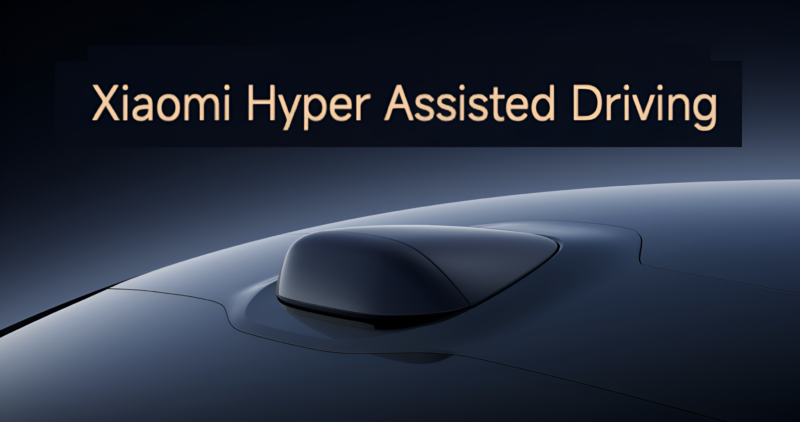
This shift aligns with updated guidance from China’s Ministry of Industry and Information Technology (MIIT), issued on April 16, 2025. The MIIT prohibits misleading claims about autonomous driving and requires automakers to disclose system limitations and risks. This came after three students died in a March 29 crash involving a Xiaomi SU7 using Navigation on Autopilot. Data shows a collision at 97 km/h after driver warnings.
Xiaomi, among others, has revised its product descriptions accordingly. On its SU7 ordering page, “autonomous driving” has been replaced with “assisted driving.” The Xiaomi Pilot Pro system is now labelled “Xiaomi Assisted Driving Pro,” while the HAD system is called “end-to-end assisted driving.” Official materials provide limited technical details, stating that the systems support highway scenarios.
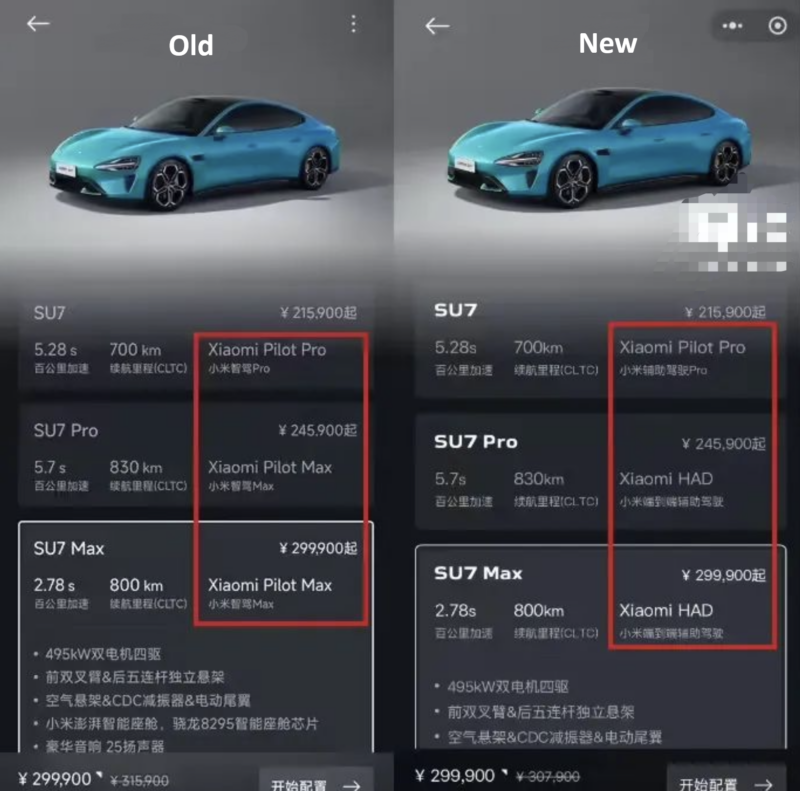
Other automakers have adopted similar approaches. References to autonomous features have disappeared mainly from advertising and showroom materials. At brands like NIO, XPeng, Li Auto, and Avatr, sales teams now emphasise that advanced driver-assistance systems (ADAS) are classified as L2 and require full driver supervision.
In some cases, companies have introduced supplemental insurance products, such as XPeng’s “ADAS insurance,” to cover possible incidents related to assisted driving. Huawei’s Aito M9 still promotes its ADS features but now includes clearer disclaimers stating the system serves only as driver support.
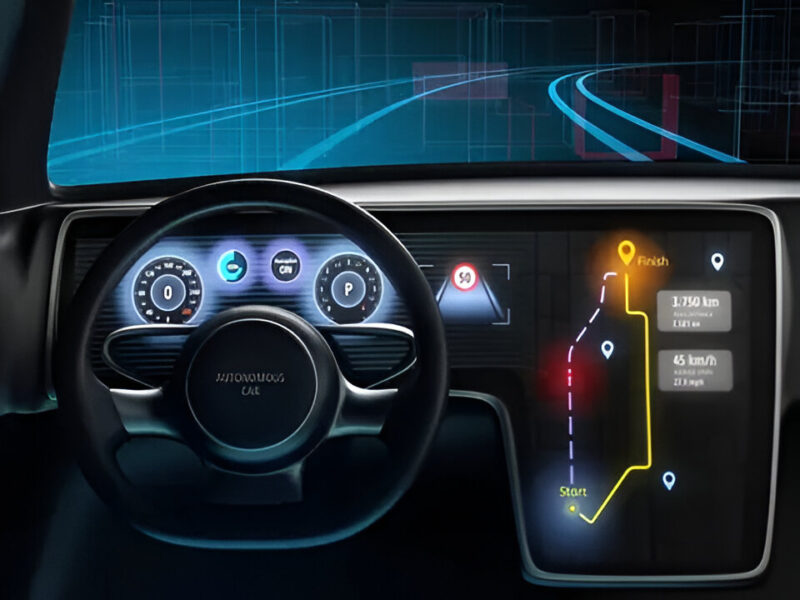
At the 2025 Shanghai Auto Show, executives from multiple companies acknowledged the need for more accurate public information. Huawei’s Yu Chengdong reiterated that drivers must remain engaged. XPeng’s He Xiaopeng has stopped using the term “autonomous driving” in favour of “intelligent assisted driving.” Leaders at Changan and GAC emphasised that all their systems remain firmly within the L2 classification.
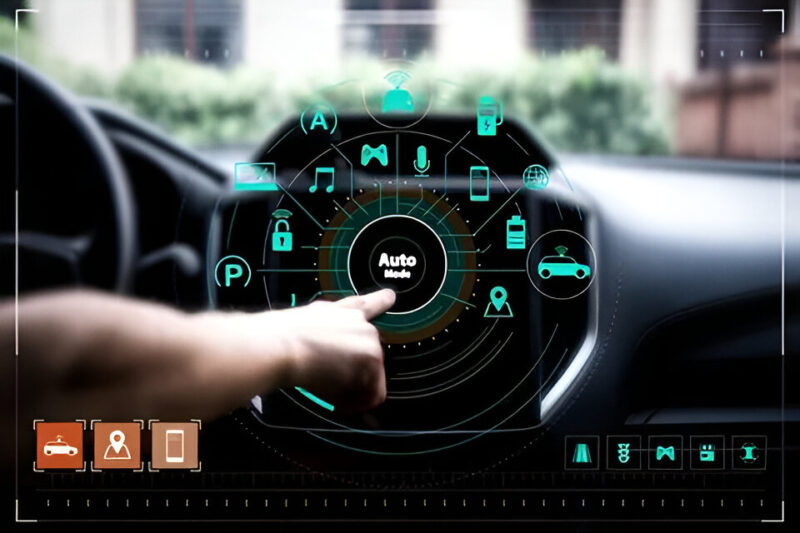
The move away from broad or ambiguous terms signals a more cautious and regulated phase for driver-assistance technologies. As regulations and systems evolve, automakers are under increasing pressure to communicate capabilities accurately. This transition reflects an industry-wide shift toward accountability and clearer consumer expectations after three died from the SU7 accident on March 29.
Source: IT-Home



